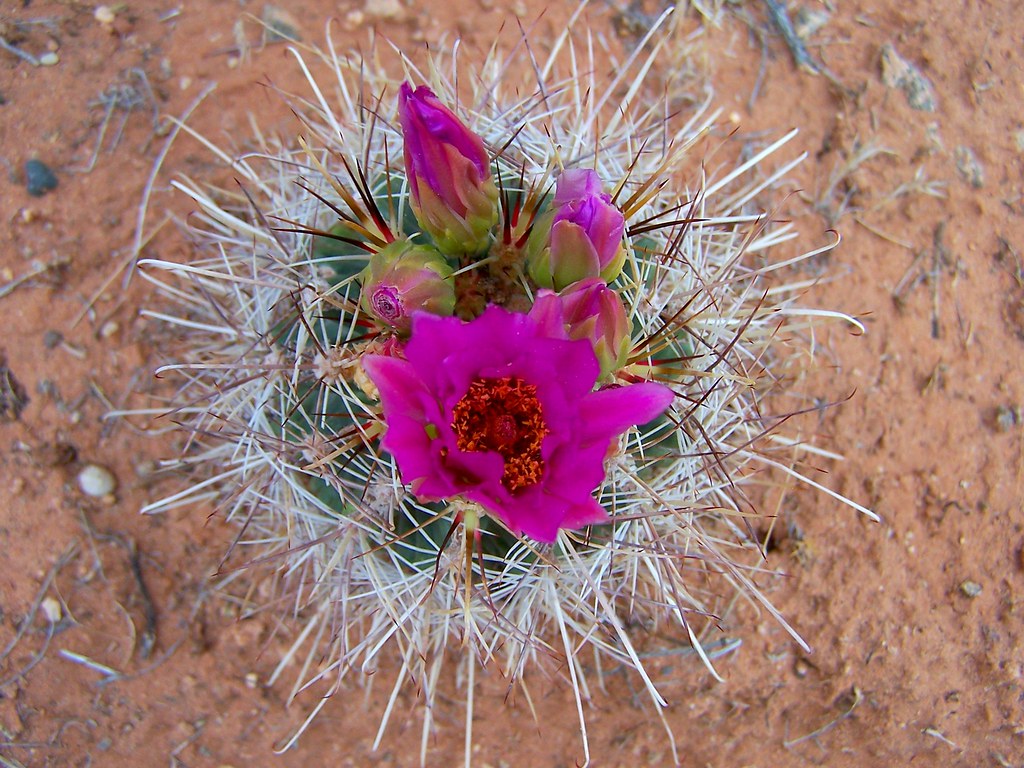The Fish Hook Plant, scientifically known as Senecio radicans, is a charming succulent that boasts a unique appearance. This trailing plant, characterized by its banana-shaped leaves that resemble fish hooks, is a popular choice for hanging baskets and indoor gardens. Originating from South Africa, it’s a part of the Asteraceae family, a group that contains various ornamental plants.
As an easy-to-care-for houseplant, the Fish Hook Plant has become a favorite for both novice and experienced gardeners. Its cascading vines can grow quite long, providing an attractive and eye-catching display. The plant is not only appreciated for its aesthetics but also its minimal care needs, which makes it suitable for those with busy lifestyles.
The Fish Hook Plant’s intriguing appearance can add texture and interest to any indoor space, especially when paired with other succulents or tropical plants. Its hardiness and adaptability to various indoor conditions make it an ideal candidate for various decorative applications.
| Attribute | Details |
|---|---|
| Common Names | Fish Hook Plant, String of Bananas, Banana Vine |
| Botanical Name | Senecio radicans |
| Family | Asteraceae |
| Plant Type | Succulent |
| Mature Size | Up to 3 feet long |
| Sun Exposure | Partial Shade |
| Soil Type | Well-draining, sandy soil |
| Hardiness Zones | 10-11 |
| Native Area | South Africa |
Fish Hook Plant Care
The Fish Hook Plant requires minimal attention, making it an excellent choice for those new to gardening or those looking for low-maintenance plants. Thriving in well-draining soil and partial shade, it needs only occasional watering and can tolerate a certain level of neglect.
This succulent’s beauty lies in its trailing vines that can be elegantly displayed in hanging baskets or containers. Regular inspection for pests and prompt removal of any dead or decaying leaves will help keep the plant healthy and thriving.
Light Requirement for Fish Hook Plant
The Fish Hook Plant prefers bright but indirect sunlight. Prolonged exposure to intense direct sun can scorch the leaves, while insufficient light may lead to leggy growth. A spot near a north or east-facing window is ideal.
Soil Requirements for Fish Hook Plant
A well-draining soil mix, such as a cactus or succulent blend, is essential for the Fish Hook Plant. The soil should be porous, containing sand or perlite, to allow excess water to drain quickly and prevent root rot.
Water Requirements for Fish Hook Plant
Like most succulents, the Fish Hook Plant is drought-tolerant and requires infrequent watering. It’s essential to allow the soil to dry out between watering to prevent overwatering, which can lead to root rot.
Temperature and Humidity
The Fish Hook Plant prefers a warm temperature range of 65-75°F (18-24°C) and can tolerate indoor humidity levels. Extreme temperature fluctuations or prolonged exposure to temperatures below 50°F (10°C) should be avoided.
Fertilizer
A light application of a balanced, water-soluble fertilizer during the growing season is generally sufficient for the Fish Hook Plant. Over-fertilizing should be avoided, as it may lead to weak, leggy growth.
Pruning Fish Hook Plant
Pruning is not typically necessary for the Fish Hook Plant, but trimming back overly long or unruly vines can maintain the desired shape. Any dead or damaged leaves should be promptly removed.
Propagating Fish Hook Plant
The Fish Hook Plant can be easily propagated through stem cuttings. Cut a healthy stem segment and allow it to air dry for a day or two before planting in well-draining soil. Rooting typically occurs within a few weeks.
How To Grow Fish Hook Plant From Seed
Growing Fish Hook Plant from seed is less common and can be a slow process. Seeds should be sown in a well-draining soil mix and kept moist. Germination can take several weeks, and patience is required for successful seed propagation.
Common Pests & Plant Diseases
Mealybugs
Mealybugs can be a problem but are usually controlled with insecticidal soap or neem oil.
Root Rot
Caused by overwatering, root rot can be prevented by using well-draining soil and allowing the soil to dry between waterings.
Common Problems With Fish Hook Plant
Leaf Shriveling
This issue may be a sign of underwatering. Increasing watering frequency can resolve this problem.
Yellowing Leaves
Yellowing leaves often indicate overwatering or poor drainage. Adjusting watering habits and ensuring proper soil drainage can correct this issue.
Pro Tips
- Use a well-draining soil mix to prevent waterlogged soil.
- Place the Fish Hook Plant in bright, indirect sunlight for optimal growth.
- Water sparingly and allow the soil to dry between watering.
- Consider displaying in hanging baskets to showcase the trailing vines.
- Pair with other succulents for a textured, visually appealing arrangement.




